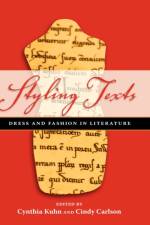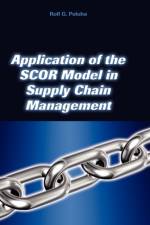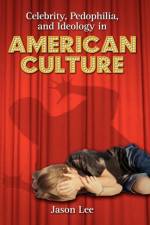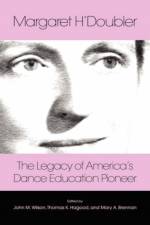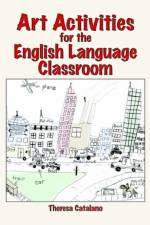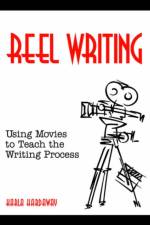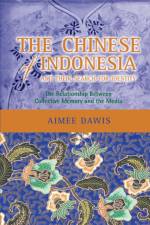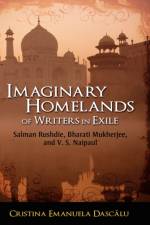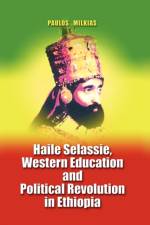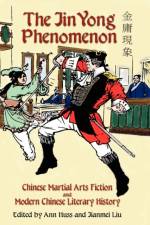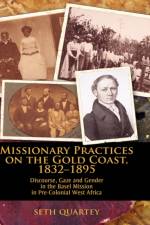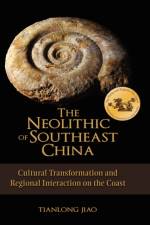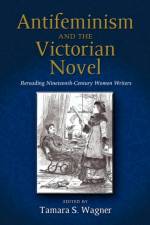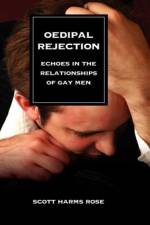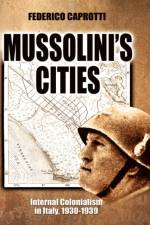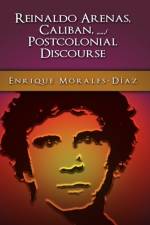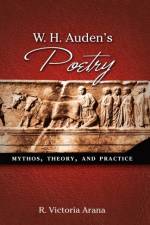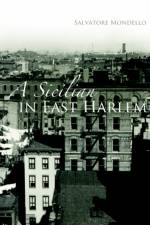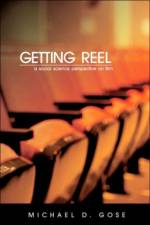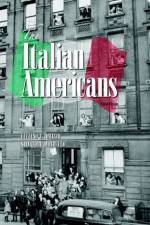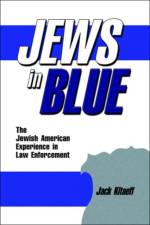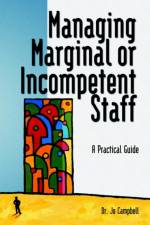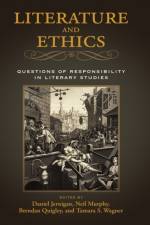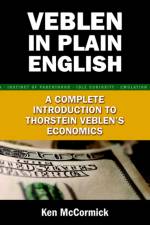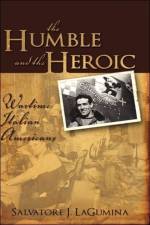av Jason Lee
1 761
During the 1980s, pedophilia and popular culture rose to the top of the agenda in many discourses, with fear and observation important aspects of the majority of media-saturated societies. Dr. Lee posits that we live in an age where the media and celebrity culture dominates, with America leading the way. One strand of this cultural trend is how reports of pedophilia and child sexual abuse are becoming increasingly common, with figures such as Michael Jackson demonised by the press as evil monsters and freaks on the fringes of society. Due to the extreme nature of these discourses, these figures, as well as the media and culture that surround them, define what is supposed to be normal in mainstream culture. The construction of the child and the use of violence in a neo-capitalist world are important areas. While it might be untrue to suggest that violence has increased, in a culture of observation and political correctness the violence perpetrated by and on children is significant. An important aspect of the ideology that surrounds us and subsequently informs, deceives, and constructs us is based on this violence. It is therefore important to understand not only the American society but also the other areas of the world dominated by American culture. In particular, these difficult and dark zones need to be explored in order to investigate the way we think and the way we behave. We need to understand culture and the reasons behind current attitudes to these subjects. Being such a contentious area, an academic approach that is as a comprehensive as this volume gets behind the myths and deconstructs the monsters. Books on pedophilia, other than the work of James Kincaid, tend to be blinkered. There are no books that have the scope of this text. By widening the debate to include 9/11 rhetoric, high school killings, and science fiction, this book explores continuing areas of importance in the study of American culture. The interrelated issues in the context of ideology throw important light on this complex subject. Celebrity, Pedophilia, and Ideology in American Culture reveals the connections between rapacious capitalism and the rape of children. The twenty chapters, which span the analysis of childhood, celebrity culture, important books and films on pedophilia and violence, post-9/11 theology and public rhetoric, and killing for fame, in an interrelated fashion cover intrinsically important areas of ideology. The book develops detailed theoretical insights in cultural theory and philosophy. With the economic meltdown of the first decade of the twenty-first century, we are witnessing the inability of the free market to cope with our contemporary world, which is not limitless, in terms of knowledge and the power of science to dominate the material world and resources. Child sexual abuse here functions as a metaphor for the rapacious attack on the planet, which knows no limit penetrating everything, even and most especially the weakest form, at every opportunity, corrupting the future. The pervasiveness of child sexual abuse, for many, cannot be argued with, and, in a postmodern world where truth is anathema, it offers a form of truth and is concerned with the absolute limit. Stimulating, suggestive, and sometimes provocative, the capaciousness of these essays will inform everyone interested in the media, popular culture, theory and theology, politics, and the zeitgeist. Celebrity, Pedophilia, and Ideology in American Culture is an important book for all media studies, popular culture, cultural theory, and American studies collections.

